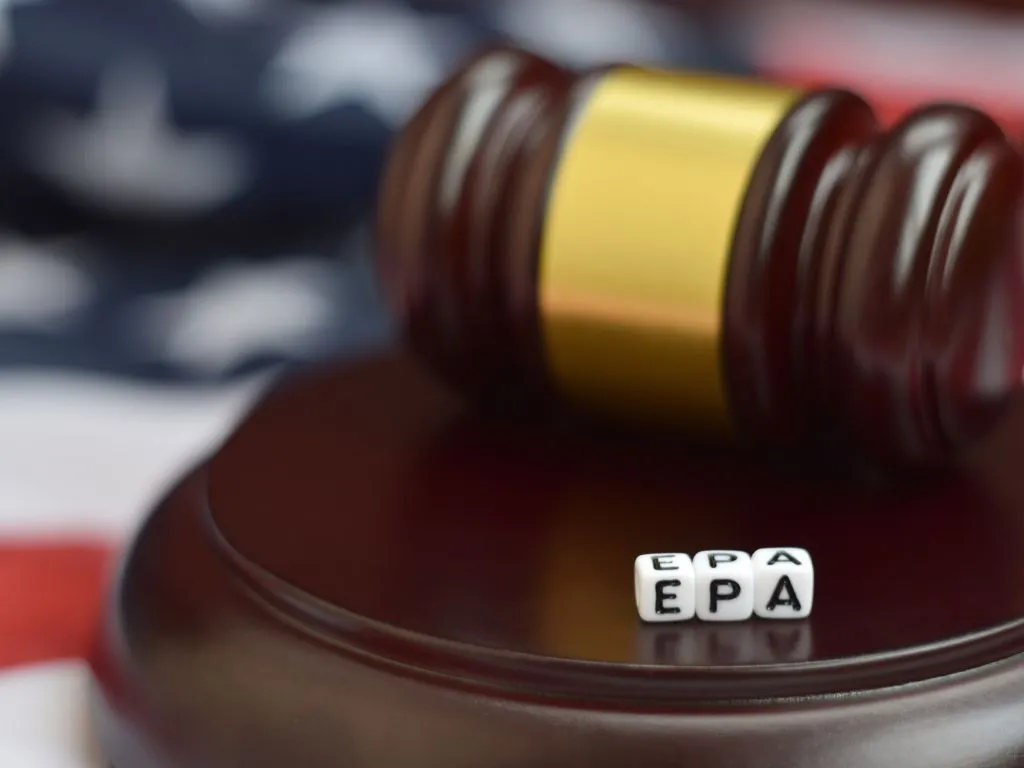News Details

EPA initiates process to prioritize five chemicals for risk evaluation under the Toxic Substances Control Act
On December 14, 2023, the U.S. Environmental Protection Agency (EPA) announced that it will prioritize five toxic chemicals for risk evaluation under the Toxic Substances Control Act (TSCA), with risk evaluations initiated if the chemicals are designated as High Priority Substances within the 12-month statutory process.
EPA intends to prioritize the following five chemicals under the Toxic Substances Control Act (TSCA).
-
Acetaldehyde (CAS RN 75-07-0),
-
Acrylonitrile (CAS RN 107-13-1),
-
Benzenamine (CAS RN 62-53-3),
-
4,4’-Methylene bis(2-chloroaniline) (MBOCA) (CAS RN 101-14-4)
-
Vinyl Chloride (CAS RN 75-01-4).
EPA plans to prioritize five chemicals each year, establishing a consistent pace for risk assessments. This is the first step towards regulating existing chemicals, assessing if health and environmental protection is needed. It also serves environmental justice by addressing the effects of toxic chemicals on workers, consumers, and communities. If a chemical poses an unacceptable risk, EPA must immediately initiate a risk management process to eliminate those risks.
Details on the five substances
Acetaldehyde, a probable human carcinogen is used primarily in the manufacture and processing of petrochemicals, adhesives, and other chemicals. Acetaldehyde may cause various health problems, including respiratory system irritation.
Acrylonitrile, a probable human carcinogen, has adverse health effects, including respiratory system irritation. It is also used in the production and processing of various chemicals, including plastic materials, paints, and petrochemicals.
Benzenamine, a probable human carcinogen, is used in the manufacture and handling of petrochemicals, resins, polymers, dyes, and pigments. Exposure to benzenamine can lead to various health problems, including adverse effects on blood, fetal development, and reproduction.
MBOCA, is a probable human carcinogen. It is used in the manufacture and handling of resins, plastics, rubbers, and other chemicals. Extensive data indicate that exposure to MBOCA can damage genetic material in cells, potentially leading to adverse health effects, especially in infants and children.
Vinyl chloride, a chemical used in the manufacture and processing of plastic materials like PVC and plastic resins, has been linked to various health problems, including liver poisoning. It is also a known human carcinogen. In the 1970s, concerns raised by EPA and the White House Council on Environmental Quality led to the enactment of the "original" TSCA in 1976, which mandates the safe manufacture and use of chemicals and addresses the adverse health effects of vinyl chloride.
Selection process
EPA selected the five chemicals from the 2014 TSCA Work Plan for further assessment based on their hazards and exposure potential.
The selection process considered factors such as their use, potential impact on overburdened communities, known hazards, and available information. EPA met with federal partners, industry, environmental organizations, labor organizations, state and local governments, and tribes to discuss the prioritization process. Following the Federal Register notice, EPA will open a public comment period and request further information on uses and potential risks of these chemicals.
EPA expects to designate these chemicals as high priority for risk evaluation but will continue to review and consider information to make a final designation. The process will include assessing of the hazard and exposure potential, environmental effects, potential exposure, storage near drinking water sources, and chemical usage.
We acknowledge that the above information has been compiled from US EPA.


